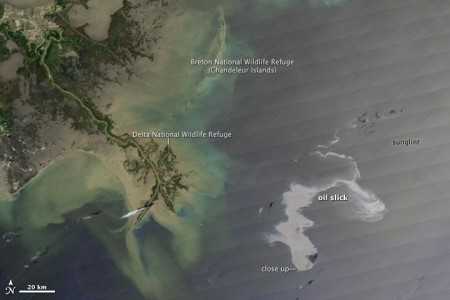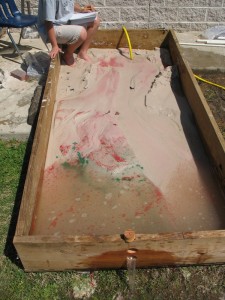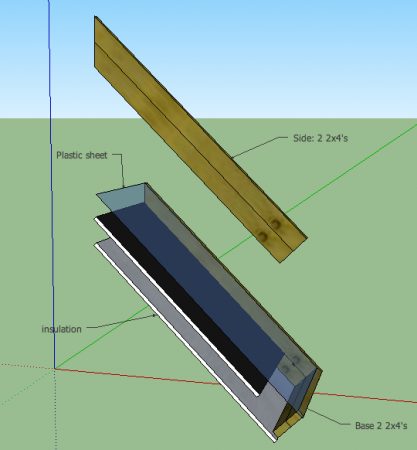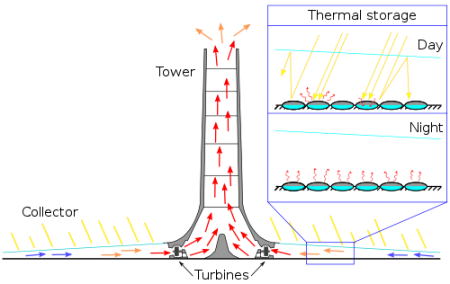CNN has an informative interview on the explosion at the Fukushima nuclear plant in Japan after the earthquake and tsunami.
Footage of the explosion from the BBC:
Nuclear disasters are so rare that they’re easy to forget about when we’re talking about the right mix of alternative (non-carbon based) energy sources for the future.
Right after the accidents at Three Mile Island in 1979 and Chernobyl in 1986, awareness of the dangers lead to a de facto moratorium on nuclear power plants in the U.S.. This was good in that people were now treating nuclear power much more respectfully, and incorporating the costs of potential accidents into their calculations. However, it also reduced the interest and effort of developing newer and safer types of nuclear plants.
We’ll have this discussion next year when we focus more on the physical sciences.
UPDATE:
1. More details on how nuclear plants work can be found in Maggie Koerth-Baker’s post, Nuclear energy 101: Inside the “black box” of power plants.
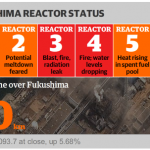
2. The Guardian’s live blog has good, up-to-date information on the status of the nuclear reactors at Fukushima.

